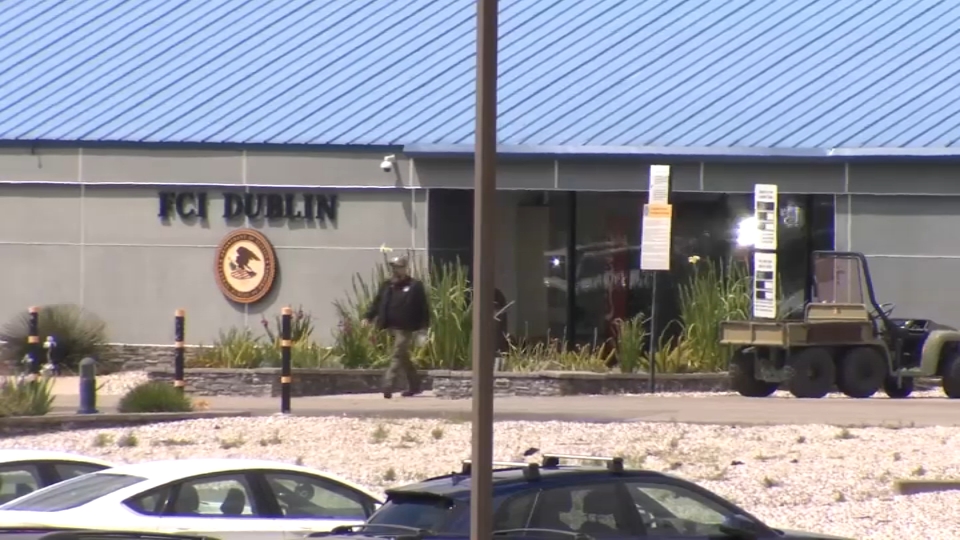There still isn’t enough cooperation between federal, local and state law enforcement agencies in advance of Super Bowl 50, former secretary of Homeland Security Tom Ridge told NBC Bay Area.
In a far ranging interview at Ridge Global, his private security consulting office in Washington, D.C., Ridge said he’d like to see federal agencies leaning more heavily on local police departments to be the eyes and ears on the ground in situations such as the mass shooting attack on a holiday party at the Inland Regional Center in San Bernardino last December.
“We have great people working in the FBI, we have great people working in counter-terrorism,” Ridge said. “We’ll never have enough unless we take advantage of the professionals in the state and local communities. I think that’s very important.”
Tom Ridge is founder and Chairman of Ridge Global, a private security consulting firm dedicated to decreasing risks, particularly in the cyber world, based in Washington D.C.
Ridge said the scourge of global terrorism remains a serious threat that the United States will be dealing with for the foreseeable future. He cautioned against losing sight of that.
“Unfortunately in a 9/11 world, it’s all about managing risk to the extent that you possibly can,” Ridge said. “So you can never be so confident, so self-assured that nothing’s going to happen.”
Although federal law enforcement officials continue to say there’s no credible or specific threat targeting Super Bowl 50 or any of its related events, several sources tell NBC Bay Area senior investigative reporter Stephen Stock that last year’s Super Bowl in the Phoenix area might have been a potential target for three men who expressed a desire to fight alongside ISIS.
Local
Federal prosecutors allege Phoenix man Abdul Malik Abdul Kareem inquired about explosives that could be used to blow up the stadium where the game was played last year.
Two of Kareem’s alleged associates, Elton Simpson and Nadir Soofi, later traveled to Texas where they were shot and killed by police after opening fire on a Prophet Muhammad cartoon contest in the city of Garland. According to court documents, the trio had practiced shooting targets in the desert outside of Phoenix just before last year’s Super Bowl.
Further, three different law enforcement sources tell NBC Bay Area’s Investigative Unit that at least one person on the terrorist watch list was seen inside the perimeter of one security zone by law enforcement at last year’s game. Sources say because that person was not breaking any laws he could not be detained or arrested.
This year, those same sources say all eyes will be on the lookout for similar people at or around Super Bowl 50 in Santa Clara and at events in San Francisco and San Jose.
According to a threat assessment report created by the FBI, DHS and the Northern California Regional Intelligence Center (NCRIC) which was obtained by NBC Bay Area, federal agents remain concerned about terrorists’ sustained interest in targeting events with big crowds.
In fact, according to the unclassified assessment, homeland security experts believe that the bigger security risk won’t be inside at the major events including the game itself, but in the crowds outside those events.
Mike Sena is the director of the NCRIC, the intelligence agency responsible for facilitating communication between local, state and federal law enforcement agencies. His agency also receives and analyzes suspicious activity reports from local law enforcement and the general public, searching for credible threats of terrorism before an attack occurs.
Sena said lone wolf attackers or people self-radicalized on the internet pose unique challenges for counter-terrorism officials.
“Back when we were dealing with Al Qaeda, we would see plans that they’re thinking on the decade level,” Sena said. “The folks that we’re seeing now are thinking on the minute level. They are ready to roll on a short period of time and often times, the first indicator that someone is going to do something bad is they tell someone.”
Former DHS Secretary Tom Ridge agreed with that assessment.
That’s why both Ridge and Sena say it’s crucial for citizens to report suspicious activity to local law enforcement or file a suspicious activity report on the NCRIC’s website. Sena’s team of specially trained experts sifts through a constant stream of reports, separating credible threats from bogus ones.
The data analysis system used by their intelligence officers was actually designed by an agent based in the Bay Area, who spoke to NBC Bay Area’s Investigative Unit on the condition his identity and the exact agency he works for not be disclosed. The cutting edge big data analysis system he developed is now being used at intelligence centers across the country.
Sena said the work they do using this analysis system is invaluable for agents in the field, saving those agents wasted time and effort and allowing them to focus on real threats and take action when needed.
“An FBI squad which may or may not have analytical support would have to run down every one of those leads on their own,” Sena said. “And now we have a database that we can go through, that we can triage this information for them, rather than them having to go on almost 800 leads in a year.”
That’s about how many suspicious activity reports came into the NCRIC last year. Out of those tips, Sena’s team found 17 percent of those were connected to routine criminal activity and only 1 percent found to be credible terrorist threats, prompting the FBI to take action.
Intelligence officers at the NCRIC have worked hand in hand with local law enforcement in preparation for Super Bowl 50, but they’ve also trained non-law enforcement personnel, such as people working around critical infrastructure, giving them thousands of extra eyes and ears around the region.
“We’ve created a community of over 16,000 members throughout our region that on a weekly basis we communicate with,” Sena said.
Sena said the goal of creating that network was not creating a police state, but getting troubled people the help they need before they do something violent.
“It isn’t always about trying to arrest people,” Sena said. “It’s about trying to get people the help they need before they turn violent. And that’s kind of our goal. We’re in the world of prevention. I don’t want to be in the world of arresting everybody because you can’t arrest everybody.”
The NCRIC makes it easy for anyone to report suspicious activity. The intelligence center lists activities and behaviors that are potential indicators of criminal or terrorist activity on their website, where anyone can also submit a suspicious activity report.



